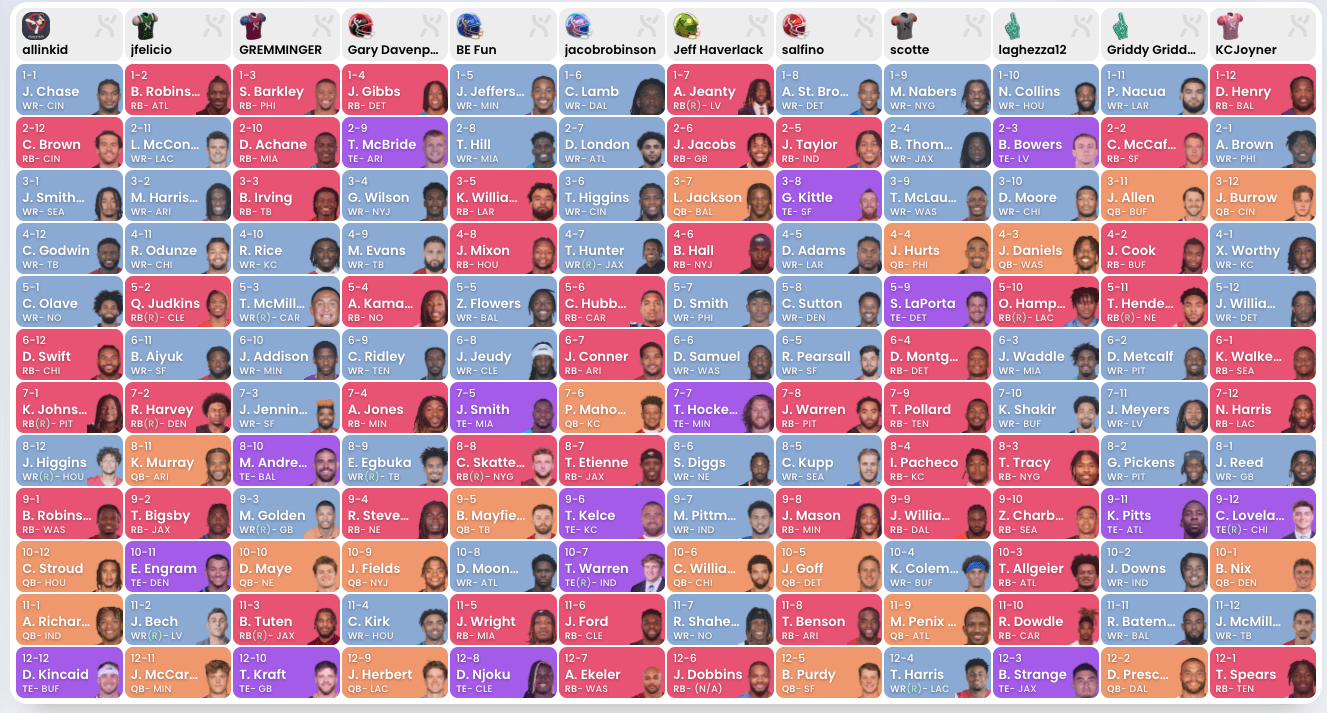
For many, the fantasy drafts you care about the most aren’t likely to take place until the dog days of August. But preparing for league domination should begin long before that. If you haven’t taken stock of the fantasy football landscape for 2025, consider this mock draft the first step in your quest for a fantasy title in 2025.
Participants in this 12-team, half-PPR exercise include (listed in draft order) Jake Ciely, Jay Felicio, Theo Gremminger, Gary Davenport, Brandon Funston, Jacob Robinson, Jeff Haverlack, Michael Salfino, Scott Engel, John Laghezza, Jess Bryant and KC Joyner.

► Click here for an expanded view of the draft grid
One unique wrinkle to this mock exercise was requiring every team to draft at least two quarterbacks or two tight ends — you had to have a backup for at least one of those two positions. It’s a way to manufacture a larger snapshot of those positions — otherwise, most managers would do what they often do in these mocks, which is spend all their picks on the “sexier” running back and wide receiver positions, and we’d end up with maybe 12-14 picks at QB and/or TE. With this stipulation in place, we finished with 20 drafted quarterbacks and 16 drafted tight ends, casting a wider net on the hierarchy of those positions. Additionally, this draft took place before the news that the Cowboys acquired receiver George Pickens from Pittsburgh.
Advertisement
After the draft concluded, we asked each participant what their toughest decision was and which player was “stolen” right before they were going to take them—the one who got away! Those answers are below, but since Jake Ciely had the first pick and his player rankings are already so well known among many of you reading here, we thought we’d ask him some questions specific to his draft strategy. Let’s get to it!
Jake Ciely
Q. You took receivers with four of your first five picks. Was that by design, given the 3 WR+Flex setup, or more a function of how things fell to you?
A. I almost always let the board fall to me, and drafting at 1.01, my plan was starting 1 RB and 2 WR, unless great value fell. It was the Round 4/5 turn where I considered grabbing a second running back, but after Joe Mixon went at 4.08, my next tier of running backs left more opportunities for value at the next turn. I will never be a proponent of true Zero RB, but I do enjoy Hero RB, and I believe this year is a great time to do it. Given the draft class and number of split backfields, you’ll find running backs with lead/RB2 potential in the sixth, seventh and even eighth rounds. There is some injury risk with my No. 3 and 4 receivers, but I can absorb that given Chris Godwin’s WR1 upside as my third option, plus D’Andre Swift, Kaleb Johnson and Brian Robinson Jr. are in play as my RB2 … one of which should definitely hit.
Q. You didn’t take the requisite three combined QB/TE until your final three picks — C.J. Stroud, Anthony Richardson and Dalton Kincaid. Would you be good going heading into the 2025 fantasy season with this QB/TE crew? Were you tempted by someone at either position earlier in the draft?
A. Given I was on the turn, I was subject to runs and didn’t expect to be in on either position early. I would have drafted a top-5 QB if one made it to the 4/5 turn. Once that didn’t happen — and at tight end, only Mark Andrews neared the investment I wanted to pay, but went two picks ahead of me — I was in end-game mode. Stroud is in a great spot to bounce back, and I will always chase Top 5 upside if I don’t get a Top 5 player in the draft. If Richardson learned anything and can pass half decently, we know he’s in play for a Top 5 spot, which is a gamble I’ll always take as my QB2.
Jay Felicio
Toughest decision: Drafting Quinshon Judkins over Omarion Hampton and TreVeyon Henderson in the fifth. I prefer both Hampton and Henderson in dynasty, but being redraft, I took the back I feel has the clearest path to bell-cow touches. Jerome Ford doesn’t concern me — he’s just a guy. But Najee Harris and Rhamondre Stevenson likely cap the latter two’s upside for 2025.
Advertisement
One who got away: Losing out on Jayden Higgins on the Round 8/9 turn was a dagger straight to the heart. I was targeting Kyler Murray in the mid-to-late rounds and thought I could wait a little longer on Higgins. I was wrong.
Theo Gremminger
Toughest decision: After my RB-RB start, I had anticipated selecting either Ladd McConkey or Garrett Wilson. McConkey was taken a few picks earlier, but I was pleasantly surprised that Bucky Irving lasted past the Round 2-3 turn. This created a major headache between Irving and Wilson, but I ultimately went with the running back.
Wilson is a target magnet (469 over the past three seasons) and should have one of the highest target shares of any wide receiver this season. But the allure of Irving was too much to pass up. As a rookie, Irving finished with over 1,513 combined rushing and receiving yards and eight touchdowns — numbers that should tick up in Year 2. He has top-5 RB upside and is an absolute hammer at this range in the draft.
One who got away: I was sniped multiple times in this draft — right from the top (I prefer Bijan Robinson to Saquon Barkley this season) and again toward the end (Gary Davenport sniped me on Justin Fields and tilted me in the process!). But the one who truly got away was RJ Harvey. He was a tremendous value in early Round 7, and even with my three-running-back start, he would have been too good to pass up.
The Denver Broncos have been on the hunt for a high-end fantasy producer at the running back position seemingly since the Knowshon Moreno days. This role could be fantasy gold. Denver ranked fourth in running back targets in 2024 and first in 2023 — the explosive Harvey will have a baked-in floor as a receiver in this offense. As a runner, Harvey had the second-most runs of 10 yards or more among FBS backs, trailing only Ashton Jeanty.
Advertisement
Gary Davenport
Toughest decision: Not to cop out here, but my hardest call was probably my first — deciding between Jahmyr Gibbs, Justin Jefferson or CeeDee Lamb with the fourth overall pick. Compelling arguments can be made for all three, but the “old school” in me won out in taking Gibbs. The list of running backs who are true fantasy “anchors” seemingly shrinks by the season, and I just feel more comfortable finding mid-round values at wide receiver. It’s still early, but right now I think the place to be on draft day might be the back half of Round 1.
One who got away: It was a two-pick gap, so it wasn’t the snipiest of snipes, but missing on Marvin Harrison Jr. in Round 3 stung. Yes, his rookie year was rather meh, but I still believe in the talent, and Kyler Murray and Jonathan Gannon have both raved about the work Harrison has put in this offseason. I won’t be even a little surprised if Harrison winds up a Top 10 fantasy receiver in 2025 and a value pick for drafters.
Brandon Funston
Toughest decision: Unlike Jake, I haven’t finished my initial 2025 player rankings yet, so when I was looking for a WR in Round 5, I was stalled by an inability to decide between Zay Flowers, DeVonta Smith and Courtland Sutton. With a couple of seconds left on the pick clock, I decided on Flowers. It was at least heartening to see Smith and Sutton go with two of the next three picks — I don’t think there was a wrong answer.
The one who got away: I was one pick away from landing James Conner as my third top 13 running back from last season, after taking Kyren Williams and Joe Mixon earlier. It would have been so nice to have three running backs with no real threat to their featured roles. Instead, after getting sniped again in the next round on Aaron Jones, I ended up with committee members Cam Skattebo and Jaylen Wright as my other running backs — I opted to take players at different positions where I was hoping to land Conner and Jones.
Jacob Robinson
Toughest decision: No. 6 overall. Taking Jeanty would’ve set the tone for a high-risk, high-reward team, but CeeDee Lamb felt like the safer option. I went with safety here, following the philosophy that you can’t win a draft in the first round, but you can lose it. I began to regret it by Round 6, as running backs flew off the board.
One who got away: Aaron Jones in Round 7. My plan was obvious: Get high-upside receivers and pair them with established running backs below ADP. That got blown up when Gary Davenport drafted Jones, which caused me to panic-draft Patrick Mahomes and, by necessity, a few rounds later, Travis Kelce. Had I gone Jones, I would’ve had my ideal stable of skill position talent to pair with an ascending passer like Caleb Williams. After that, all my worries would’ve disappeared. Heck, I’d be willing to go as far as saying we might’ve seen world peace. Thanks, Gary.
Jeff Haverlack
Toughest decision: My toughest decision was to abandon my “no risk early” draft strategy to select Ashton Jeanty at 1.07. Being this was a half-PPR draft, I naturally elevated running backs, but when Bijan Robinson, Saquon Barkley and Jahmyr Gibbs were off the board, my top tier was gone, leaving Jeanty, Christian McCaffrey and Jonathan Taylor as my fallbacks. My hope was that one of the latter two would also make it back to me in Round 2. Jeanty was sure not to. He has a guaranteed high-volume role and should be a three-down player, so I took the gamble. As it turned out, McCaffrey went early in the second round, and Taylor went at 2.05, one selection before I would have paired him with Jeanty.
Advertisement
One who got away: Cooper Kupp is aging and has had difficulty remaining healthy, but I love his fit in the Seahawks offense. I didn’t believe he’d go in Round 8, so I had him queued up to select at 8.06. Once again, the manager (Michael Salfino), who was before me at 8.05, surprised me by selecting him. I had no expectation that would occur, and I had to scramble to select Stephon Diggs, which is a solid selection, but I believe Kupp will have the better season.
Michael Salfino
Toughest decision: It was early. We’re playing Flex 10 (three WRs and a flex). Totally different game and draft than two WRs and a flex (RBs rule). So when I was planning Brian Thomas Jr. as a worst-case scenario in Round 2, and I was sniped the pick before, I had to scramble. No WR was worth it. I had to choose between Jonathan Taylor and Josh Jacobs. I went with the player I think is better and who is a year younger in Taylor, but the setup in Green Bay seems better, honestly.
One who got away: Isiah Pacheco was a snipe against me in Round 8. I was sniped earlier, but that’s more expected. Late snipes are so rare, and it was literally one spot before I picked.
Scott Engel
Toughest decision: My third-round decision was the toughest, but I liked how it worked out. I was deciding whether to go with a top WR as a third starter or take an RB1 or elite QB. It was between Terry McLaurin, Jayden Daniels,and James Cook. In the end, I could not resist McLaurin as a WR3.
One who got away: I never get sniped or annoyed at someone being picked before me because I always have several players in the queue and realize others may be targeting the same guys. That said, it would have been good to see James Cook slip to my spot in Round 4, but I could have taken him in the third, so that’s the risk I was willing to go with.
John Laghezza
Toughest decision: In Round 6, I chose Jaylen Waddle over a second RB, which turned out to be a mistake.
One who got away: Najee Harris went right before me at the Round 7-8 turn and blocked me from pairing him with fellow Charger Omarion Hampton. I was not happy.
Advertisement
Jess Bryant
Toughest decision: I would say choosing my running back room was generally difficult. I feel like I got Christian McCaffrey at a fair price, and I think he’ll have a good year. But I don’t think anyone drafting him can be “confident,” given last season, his injury history and Isaac Guerendo’s performance in McCaffrey’s absence. James Cook is in contract negotiations and could lose touches to Ray Davis or someone else, but Davis isn’t stellar, and I have to believe Cook will be the lead back in Buffalo. Then, I opted for TreVeyon Henderson. I think Henderson will outperform Rhamondre Stevenson and have a solid season, but drafting a rookie is always a risk. I was the 11th pick, though, so most Hero RBs were off the board before I could grab them. I always try to draft the best available player, but I had to fill out my running back room, and there are only so many bell cows and guarantees.
One who got away: Sam LaPorta was chosen two picks before my slot, and, in my opinion, he was the last TE I had my eye on in the top 1-2 tiers. So, I waited a few rounds and grabbed Kyle Pitts, who has failed me in at least two previous fantasy seasons. He will likely falter again, but he still has a ceiling, and I’m praying for it.
KC Joyner
Toughest decision: The toughest early call was Xavier Worthy with the 4.1 pick. It was between him, Mike Evans, Davante Adams, Rashee Rice and DeVonta Smith. I already had A.J. Brown, so that eliminated Smith. Evans and Adams have age risk issues and Worthy seemed a safer pick than Rice (although they are all somewhat relatively risky picks at that point).
One who got away: Josh Allen was the vultured pick at 3.11. I’m aiming higher at QB this year than in past years, and he may have the highest upside at his position. I still ended up with Joe Burrow, which is a good consolation, but I would have preferred Allen’s rushing ability.
Mock draft miscellanea
Of the first 76 picks, 67 were running backs (27 total) and receivers (40), with just five quarterbacks and four tight ends selected in that span.
Ashton Jeanty was the first rookie selected, No. 7 overall, and another rookie didn’t come off the board until Travis Hunter was selected in Round 4, No. 43 overall.
Brock Bowers is the new Travis Kelce, pushing up near the Round 1 boundary as the No. 15 overall pick. Trey McBride went as the TE2 six picks later, followed by George Kittle in Round 3 (No. 32 overall) — a predictable Salfino selection. After that, just one tight end — Sam LaPorta (No. 57 overall) — went in the next 44 picks.
Here’s where some of the expected backfield committees were drafted, with industry ECR listed in parentheses:
- Los Angeles Chargers: Omarion Hampton RB19 (19); Najee Harris RB30 (33)
- Pittsburgh Steelers: Kaleb Johnson RB25 (27); Jaylen Warren RB28 (31)
- New York Giants: Tyrone Tracy Jr. RB31 (32); Cam Skattebo RB34 (37)
- Jacksonville Jaguars: Travis Etienne Jr. RB33 (36); Tank Bigsby RB36 (38); Bhayshul Tuten RB42 (50)
- New England Patriots: TreVeyon Henderson RB20 (24); Rhamondre Stevenson RB37 (34)
Here’s where some of the old faces in new places landed, with industry ECR listed in parentheses:
- Justin Fields, NYJ — QB12 (11)
- Davante Adams, LAR — WR20 (18)
- DK Metcalf, PIT — WR32 (26)
- Deebo Samuel, WAS — WR35 (41)
- Cooper Kupp, SEA — WR45 (47)
- Stefon Diggs, BUF — WR46 (41)
- Christian Kirk, HOU — WR55 (50)
- Evan Engram, DEN — TE12 (10)
(Top photo of Brock Bowers: Patrick Smith / Getty Images)
This news was originally published on this post .





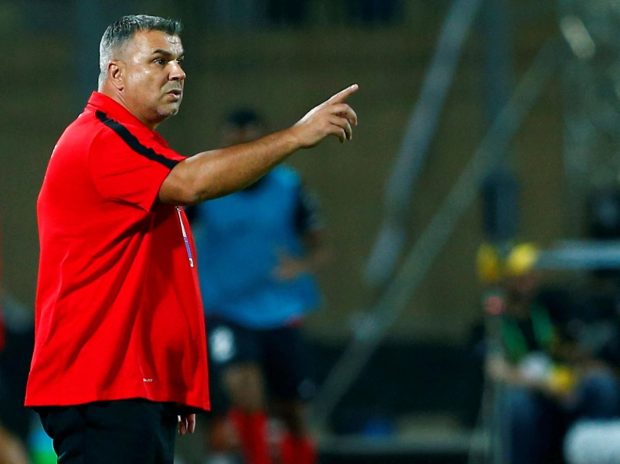
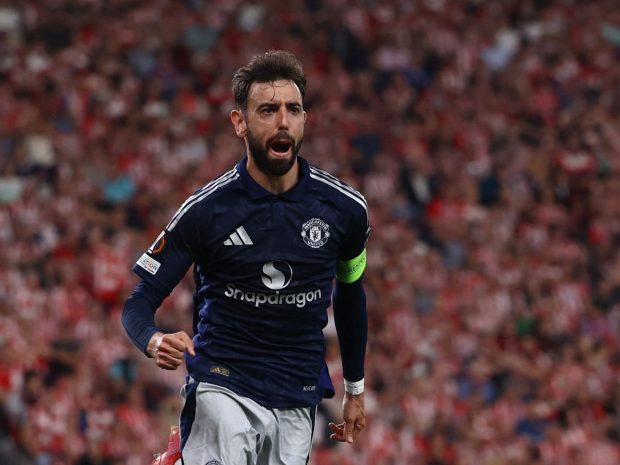

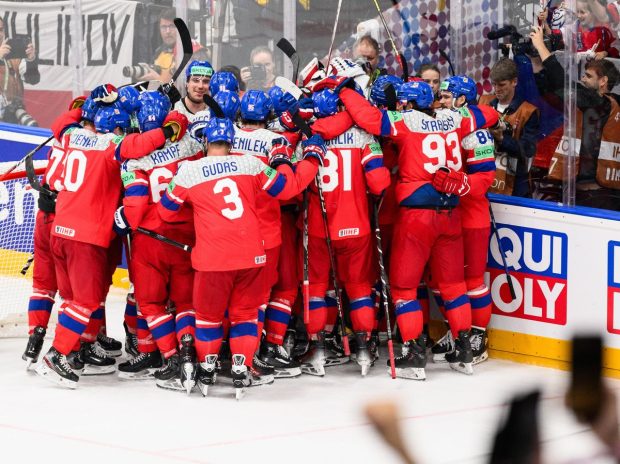
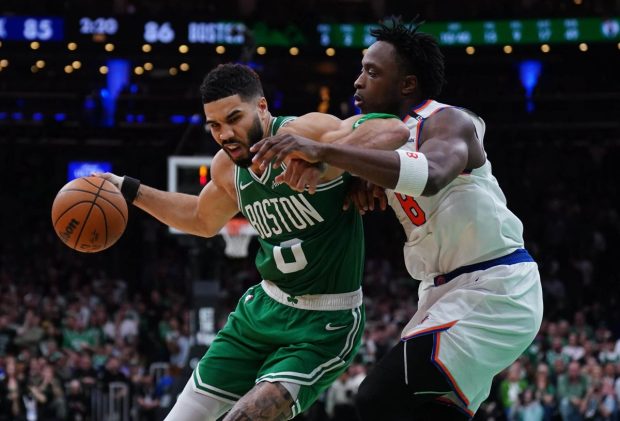
Be the first to leave a comment